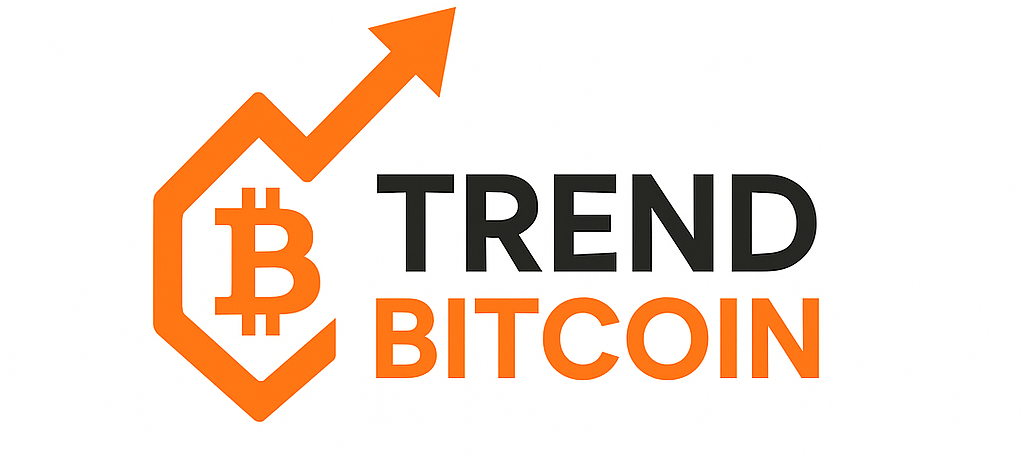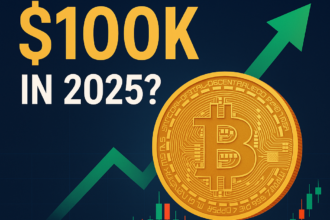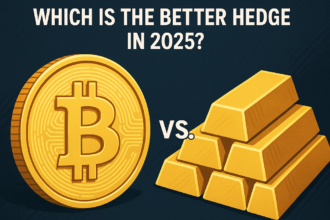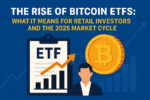Bitcoin has long held its place as the world’s most well-known and valuable cryptocurrency. As the original digital asset, it continues to dominate headlines, institutional portfolios, and market capitalization charts. However, as adoption grew, so did a major concern: Bitcoin’s scalability problem.
This concern led to the creation of Bitcoin Cash (BCH)—a hard fork of Bitcoin that aimed to solve one of its most critical limitations.
Why Was Bitcoin Cash Created?
The Problem: Block Size and Scalability
Since its inception in 2009, Bitcoin’s block size was capped at 1 MB, limiting the number of transactions processed every 10 minutes. As usage increased, this restriction led to:
-
Slower transaction times
-
Higher fees
-
Congestion during bull markets
While Bitcoin aimed to be a peer-to-peer digital cash system, by 2017, it was acting more like a digital store of value—comparable to gold—than a medium of exchange.
The Solution: The 2017 Hard Fork
On August 1, 2017, the Bitcoin community split over how to resolve the scalability issue. The result? A hard fork that created a new blockchain:
Bitcoin Cash (BCH)
All holders of Bitcoin at the time of the fork received an equal amount of BCH on the new chain.
What Makes Bitcoin Cash Different?
🔸 Larger Blocks
Bitcoin Cash increased the block size from 1 MB to 8 MB, and later to 32 MB. This allows for:
-
Faster processing times
-
Lower transaction fees
-
More transactions per block
This improvement aimed to make BCH a viable daily payment system, not just a long-term investment.
🔸 Focus on Utility and Adoption
While Bitcoin has leaned into its role as “digital gold,” Bitcoin Cash has focused on:
-
Retail payments
-
E-commerce
-
Global remittances
Its faster transaction times and lower fees make it attractive for real-world use cases, especially in regions with limited access to traditional banking.
Bitcoin Cash in 2025: Where Does It Stand Today?
As of 2025, Bitcoin Cash continues to play a unique role in the crypto ecosystem. While it hasn’t reached Bitcoin’s level of mainstream attention or market cap, it remains:
-
Top 30 by market capitalization (subject to fluctuation)
-
Widely supported on exchanges, wallets, and merchant platforms
-
Popular in developing regions where low-fee transactions are critical
Recent Trends (2024–2025)
-
Integration with Point-of-Sale systems in Latin America and Asia
-
Low-fee alternative to Bitcoin for microtransactions
-
Growing interest from freelancers, gig workers, and global remittances platforms
-
Conversations around SmartBCH, an EVM-compatible sidechain bringing DeFi to Bitcoin Cash
Is Bitcoin Cash a Good Investment or Just a Payment Coin?
This depends on your strategy:
| Use Case | Why BCH Might Work for You |
|---|---|
| Daily spending / payments | Low fees, fast confirmation times |
| Remittances | Cheaper than traditional methods or Bitcoin |
| Long-term investment | Higher risk than BTC, but more upside if adoption grows |
| Crypto diversification | Offers exposure to a Bitcoin-like asset with a utility focus |
Bitcoin Cash vs Bitcoin: Quick Comparison
| Feature | Bitcoin (BTC) | Bitcoin Cash (BCH) |
|---|---|---|
| Block Size | 1 MB | 32 MB |
| Average Fee (2025) | ~$2–$15 | <$0.01 |
| Confirmation Time | 10–60 mins | <5 mins |
| Focus | Store of value | Peer-to-peer digital cash |
| Adoption | Global & institutional | Growing in commerce + payments |
Where to Buy and Store Bitcoin Cash
✅ Buy BCH from:
-
Binance
-
Coinbase
-
Kraken
-
KuCoin
✅ Store securely with:
-
Hardware wallets (Ledger, Trezor)
-
Mobile wallets (Trust Wallet, Electron Cash)
-
Non-custodial browser wallets for SmartBCH
Final Thoughts: Does Bitcoin Cash Still Matter in 2025?
In a world of NFTs, Layer 2s, and AI-powered DeFi tools, Bitcoin Cash may seem “old school.” But its simplicity, speed, and low cost keep it relevant—especially as more people look for practical, spendable crypto.
If your goal is to use crypto as money—not just to hold—it’s worth watching how Bitcoin Cash continues to evolve.
✍️ Want more insights like this?
Subscribe to the TrendBitcoin newsletter and stay ahead of the trends shaping crypto in 2025.









